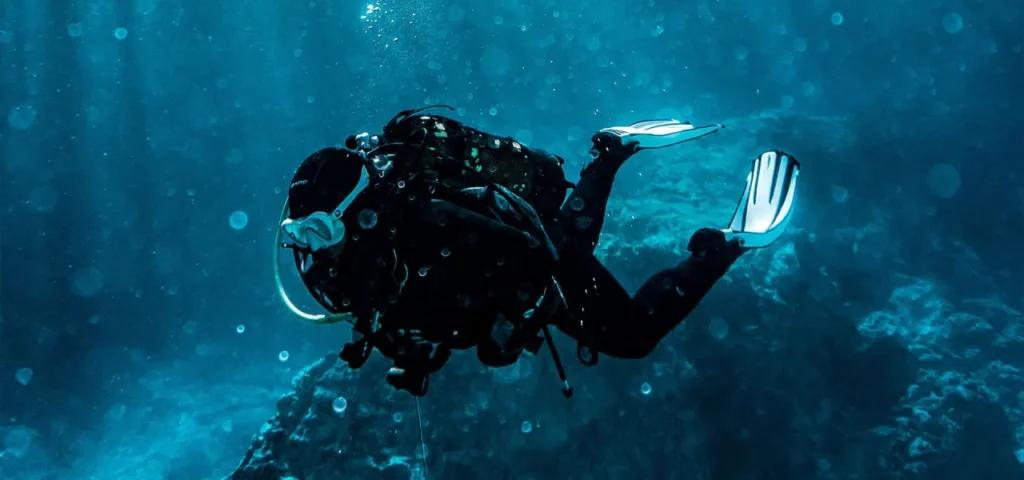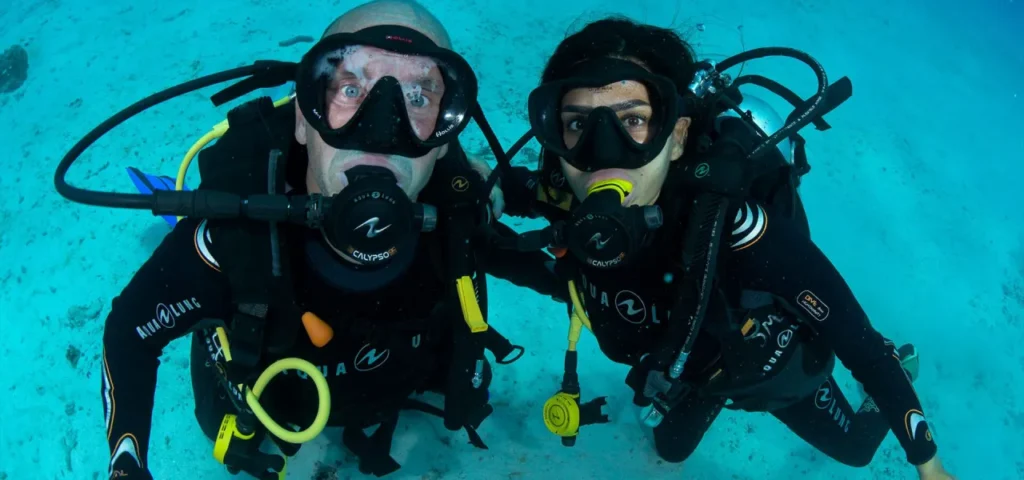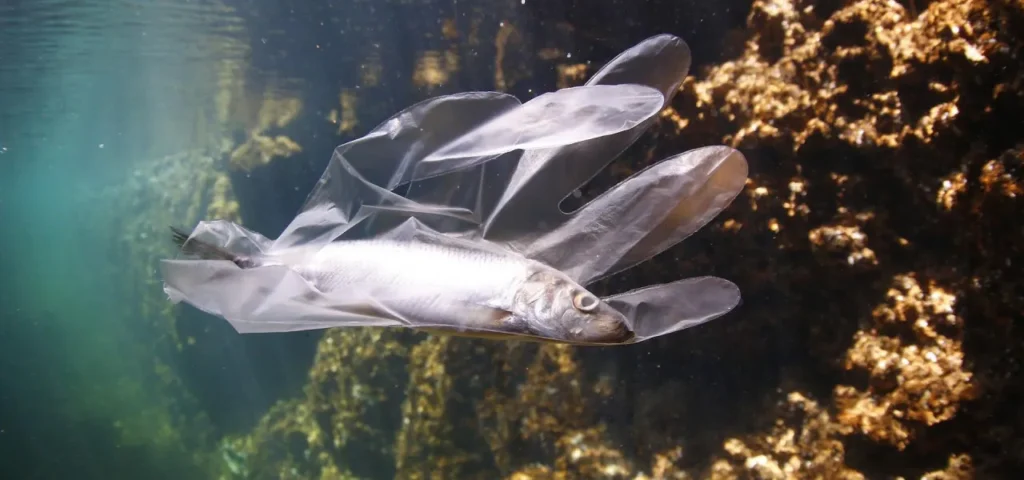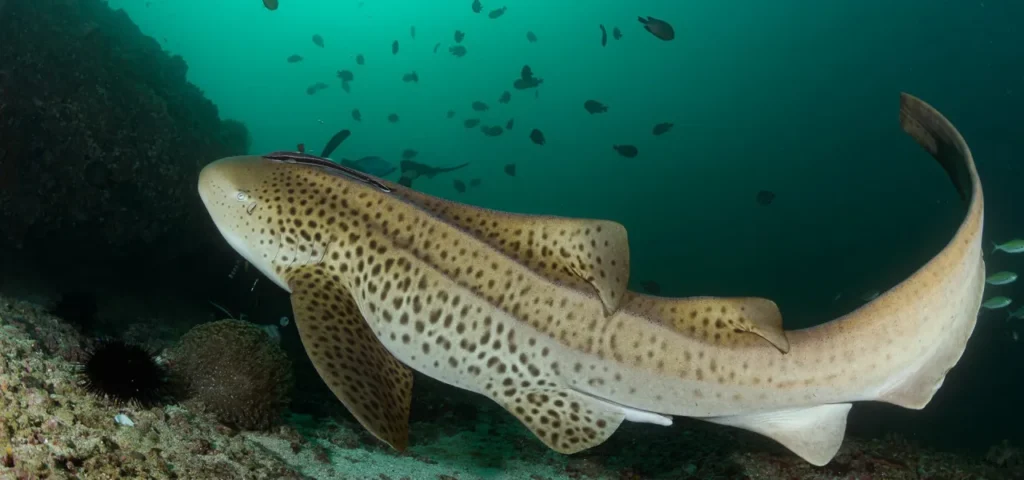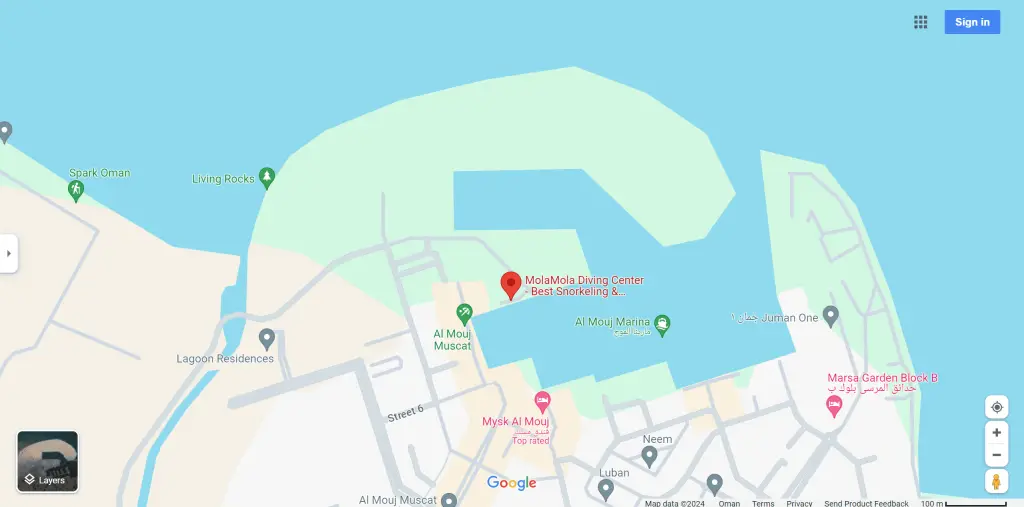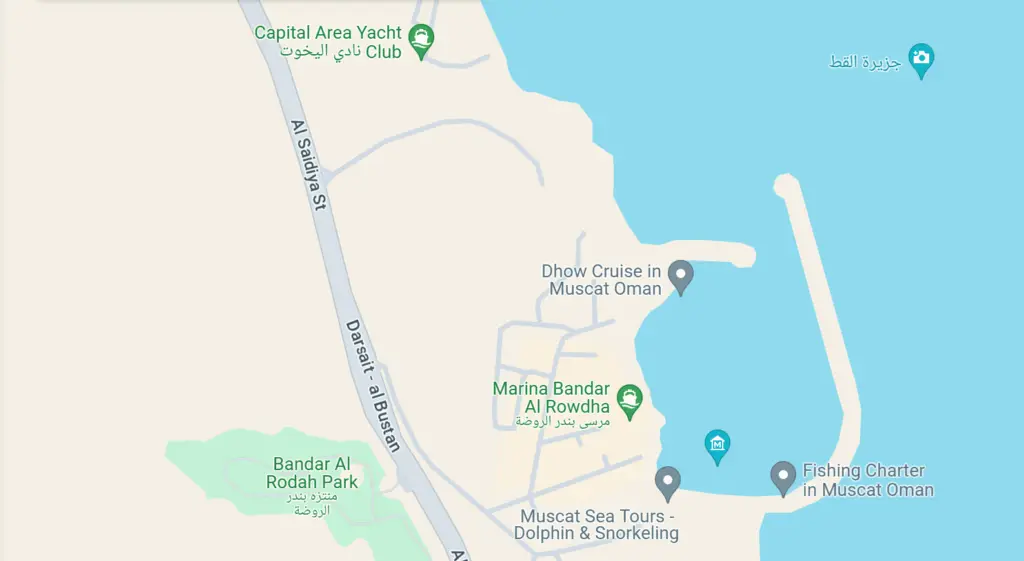How does Scuba feel like
How Does Scuba Diving Feel Like? Have you ever asked yourself why you should try Scuba Diving? What is this thing everyone is talking about? How does it feel like? Keep on reading. Scuba Diving will change your life, trust me. And here you will get to know why. There Isn’t Anything Like Scuba Diving Scuba diving takes you away from all the stresses of everyday life, away from your phone and the internet. It takes you into an underwater world full of discovery and peace. Divers cite the sensation of breathing underwater, feeling weightless, seeing incredible marine species and connecting with friends and family as some of the major reasons they love the sport. In short, scuba diving allows you to see and experience things that can be found in no other way! Once you’ve got over the first hurdles of learning to dive and have a little experience, for a lot of people, the essential feeling is “relaxed”. Scuba diving can give a feeling of freedom and discovery that’s tough to beat. Like an Astronaut Who Is Exploring a Whole New Planet Scuba diving certainly shares a lot of similarities with being in space. So, yes, for most of us, scuba diving is the closest feeling that we can experience to actually being in space. Scuba divers can fly up, down, left and right. You know those cool shots of astronauts floating in zero gravity in the space station? Physically, it feels just like that, except: instead of a cramped and cluttered spacelab, you’re floating suspended above a stunning reef teeming with life and colours you’ve never seen before; instead of a sterile environment, you’re diving with and through schools of fish of every conceivable hue and shape; instead of a wall two feet away, there’s the ocean! The weightlessness of scuba diving is one of the most freeing sensations in the world. Divers can move easily in three dimensions. So Scuba Diving is like being an astronaut – It is like flying! Diving Is Something You Want to Experience Again and Again Well yes, maybe the first few dives can feel a bit scary. Maybe you will constantly worry about all the things that could go wrong or all the things you should keep track of. But once you are getting used to it, you quickly realize that there are a finite number of things that can go wrong and that you’ve been trained to deal with them. After some time, you will stop worrying. And after that, diving feels exhilarating. You will discover an activity that can be relaxing, educational, and social all at the same time. When the diving bug gets you, the feeling of freedom underwater is something you’ll want to experience again and again. So what are you waiting for? Experience Scuba Diving on Oman with MolaMola Diving Center and get to know the best diving in Oman! Next Post

